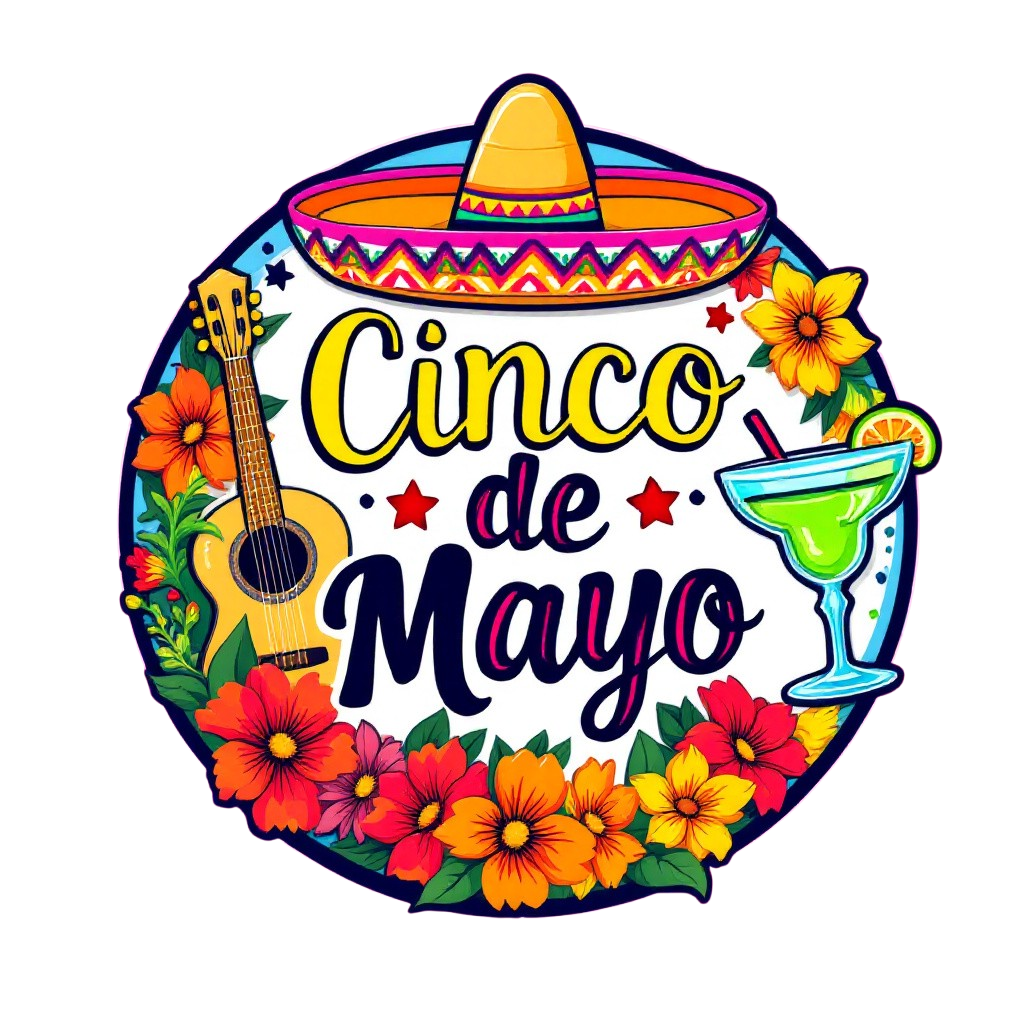Cinco de Mayo
Cinco de Mayo, which translates to "Fifth of May," has its origins in the Battle of Puebla, fought on May 5, 1862, during the French intervention in Mexico. The battle took place near the city of Puebla, where a much smaller Mexican army, led by General Ignacio Zaragoza, successfully defeated the French forces. This victory was especially significant because the French army was one of the most powerful in the world at the time, and the battle symbolized Mexican resistance and resilience in the face of foreign intervention.
While the victory at Puebla did not end the French invasion (the French would eventually capture Mexico City and install Emperor Maximilian I), it became a powerful symbol of Mexican unity and national pride. In Mexico, Cinco de Mayo is observed mainly in the state of Puebla, where it is a regional holiday celebrating this historic victory.
However, outside of Mexico, Cinco de Mayo has become a popular celebration of Mexican culture, particularly in the United States. Over time, it has evolved into a festive occasion marked by parades, music, dancing, and the enjoyment of Mexican food and drinks. It's important to note that Cinco de Mayo is not Mexico's Independence Day (which is on September 16), though both are significant national holidays for Mexicans.
Cinco de Mayo, which translates to "Fifth of May," has its origins in the Battle of Puebla, fought on May 5, 1862, during the French intervention in Mexico. The battle took place near the city of Puebla, where a much smaller Mexican army, led by General Ignacio Zaragoza, successfully defeated the French forces. This victory was especially significant because the French army was one of the most powerful in the world at the time, and the battle symbolized Mexican resistance and resilience in the face of foreign intervention.
While the victory at Puebla did not end the French invasion (the French would eventually capture Mexico City and install Emperor Maximilian I), it became a powerful symbol of Mexican unity and national pride. In Mexico, Cinco de Mayo is observed mainly in the state of Puebla, where it is a regional holiday celebrating this historic victory.
However, outside of Mexico, Cinco de Mayo has become a popular celebration of Mexican culture, particularly in the United States. Over time, it has evolved into a festive occasion marked by parades, music, dancing, and the enjoyment of Mexican food and drinks. It's important to note that Cinco de Mayo is not Mexico's Independence Day (which is on September 16), though both are significant national holidays for Mexicans.
Cinco de Mayo, which translates to "Fifth of May," has its origins in the Battle of Puebla, fought on May 5, 1862, during the French intervention in Mexico. The battle took place near the city of Puebla, where a much smaller Mexican army, led by General Ignacio Zaragoza, successfully defeated the French forces. This victory was especially significant because the French army was one of the most powerful in the world at the time, and the battle symbolized Mexican resistance and resilience in the face of foreign intervention.
While the victory at Puebla did not end the French invasion (the French would eventually capture Mexico City and install Emperor Maximilian I), it became a powerful symbol of Mexican unity and national pride. In Mexico, Cinco de Mayo is observed mainly in the state of Puebla, where it is a regional holiday celebrating this historic victory.
However, outside of Mexico, Cinco de Mayo has become a popular celebration of Mexican culture, particularly in the United States. Over time, it has evolved into a festive occasion marked by parades, music, dancing, and the enjoyment of Mexican food and drinks. It's important to note that Cinco de Mayo is not Mexico's Independence Day (which is on September 16), though both are significant national holidays for Mexicans.

